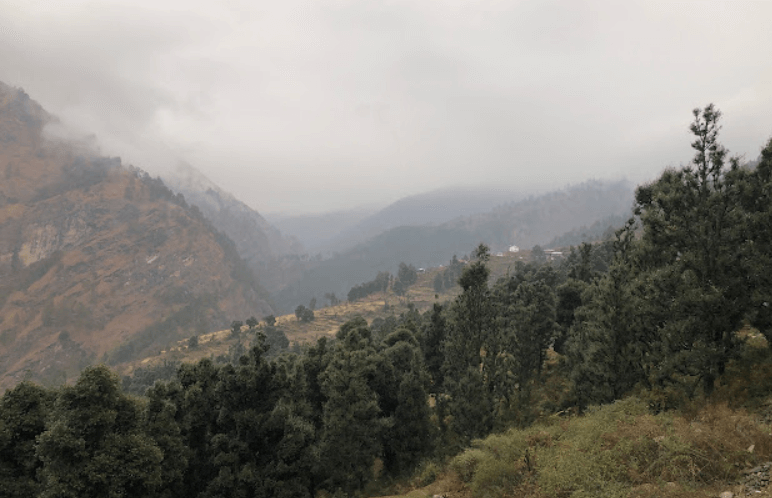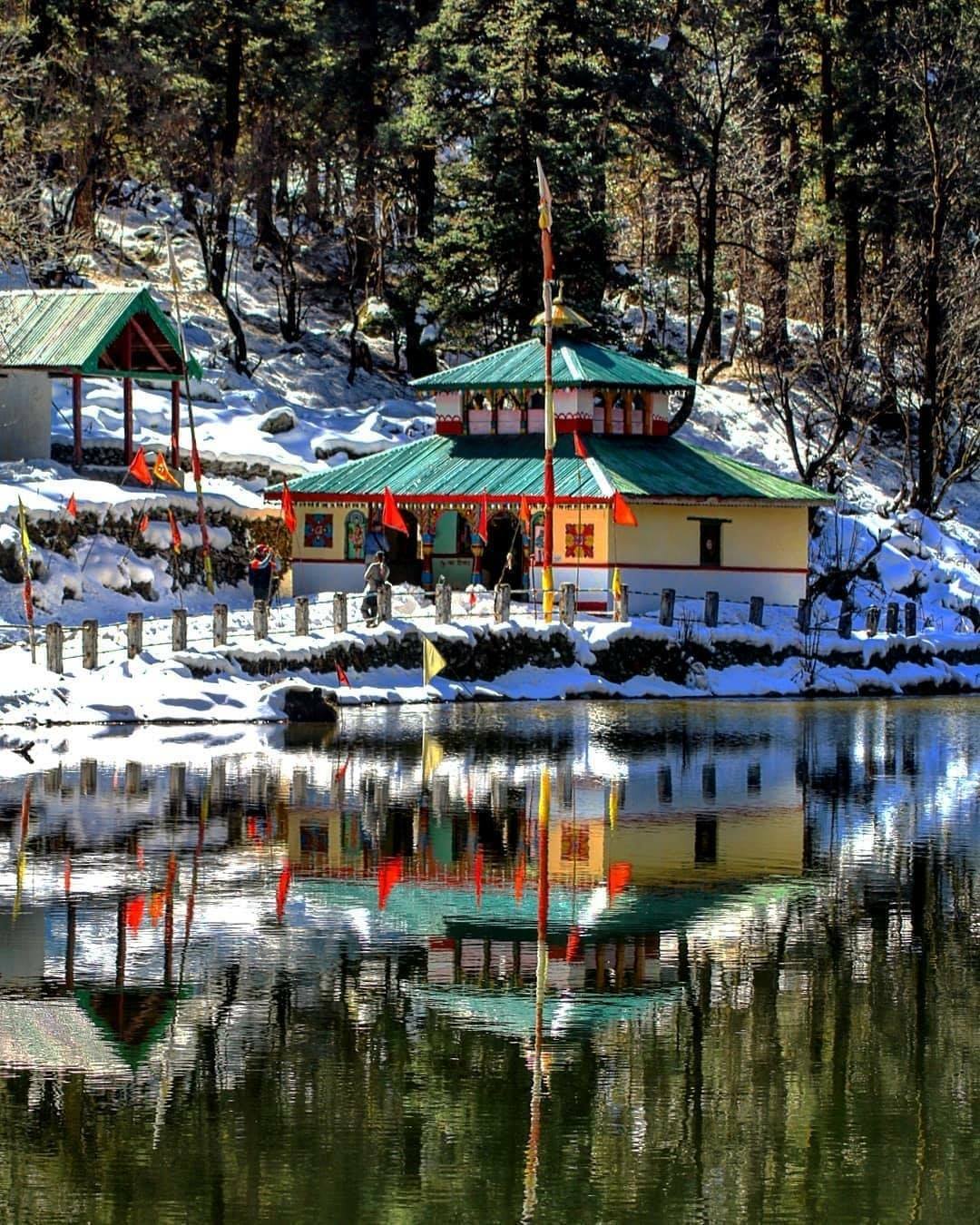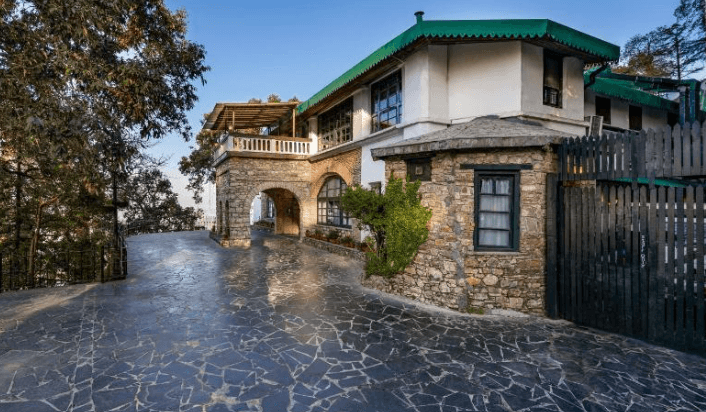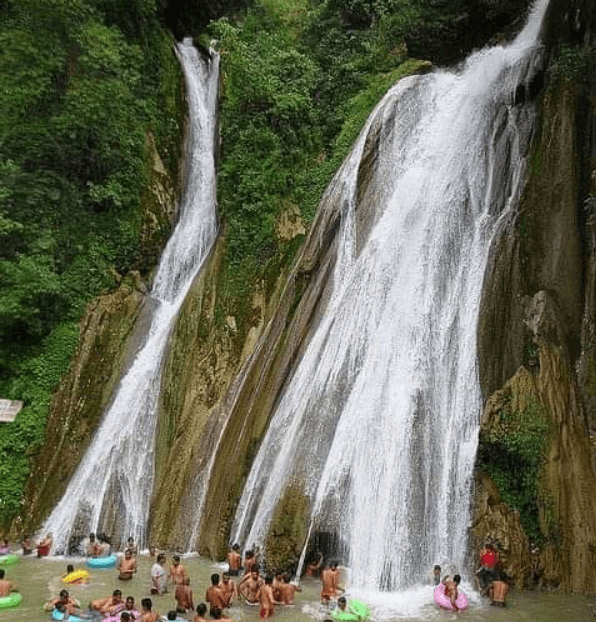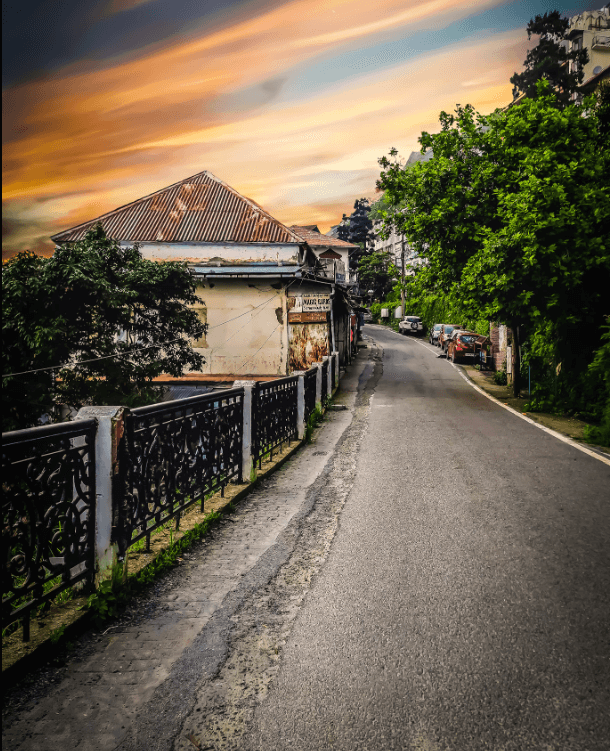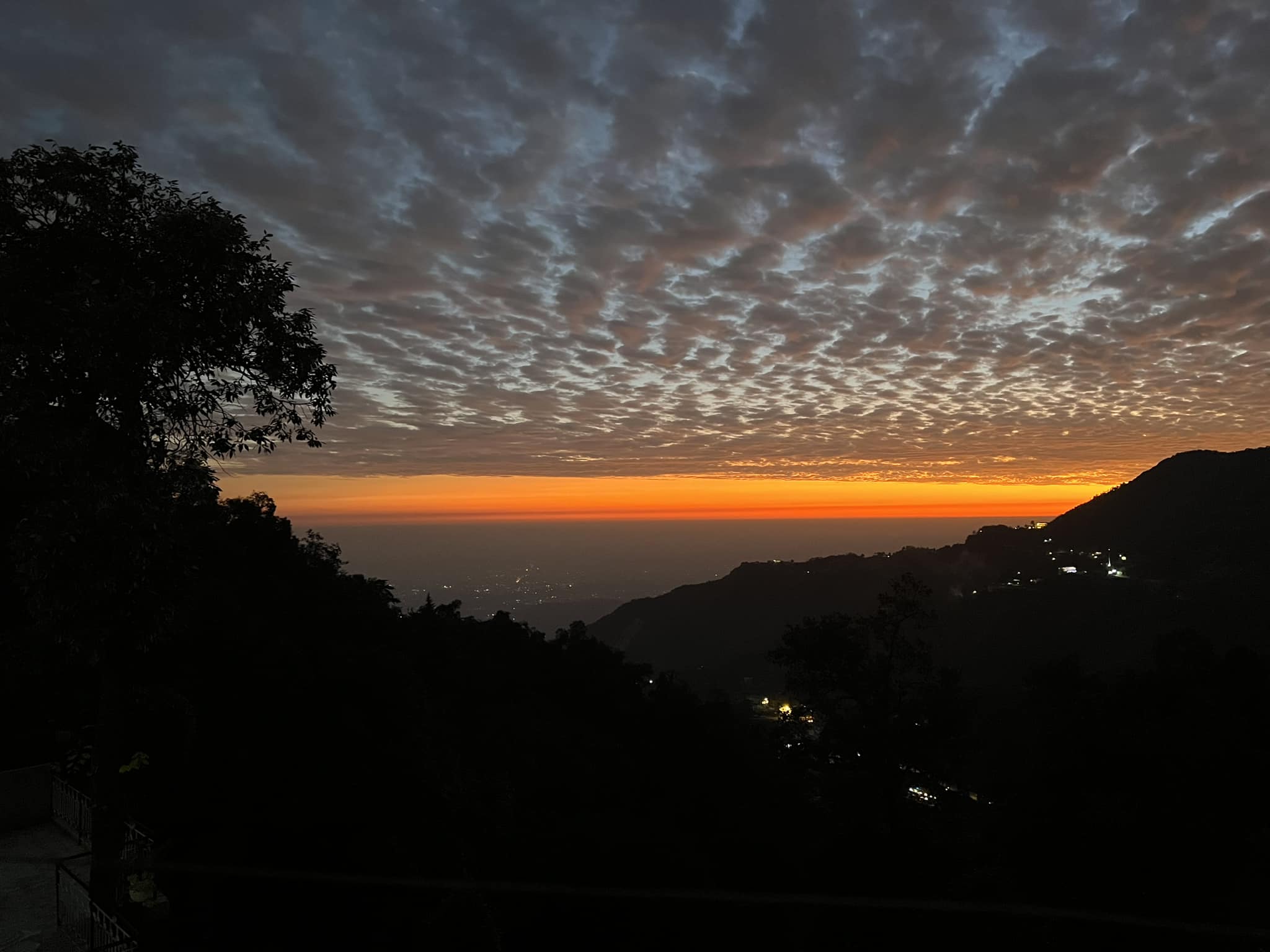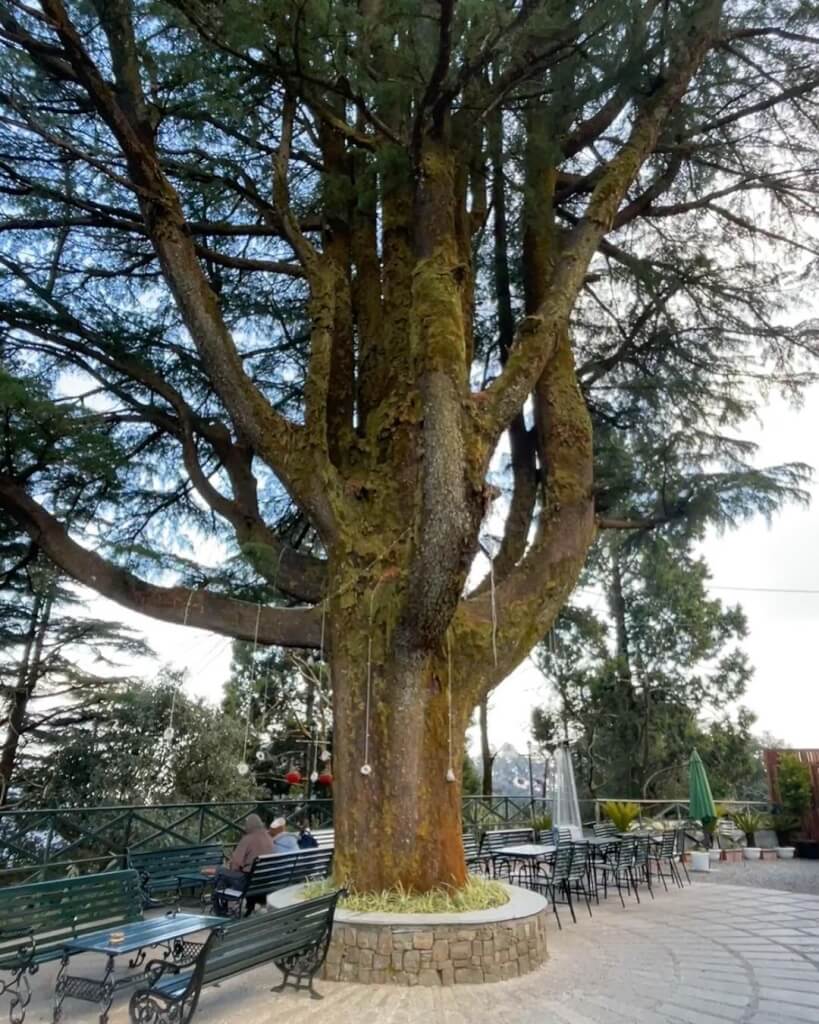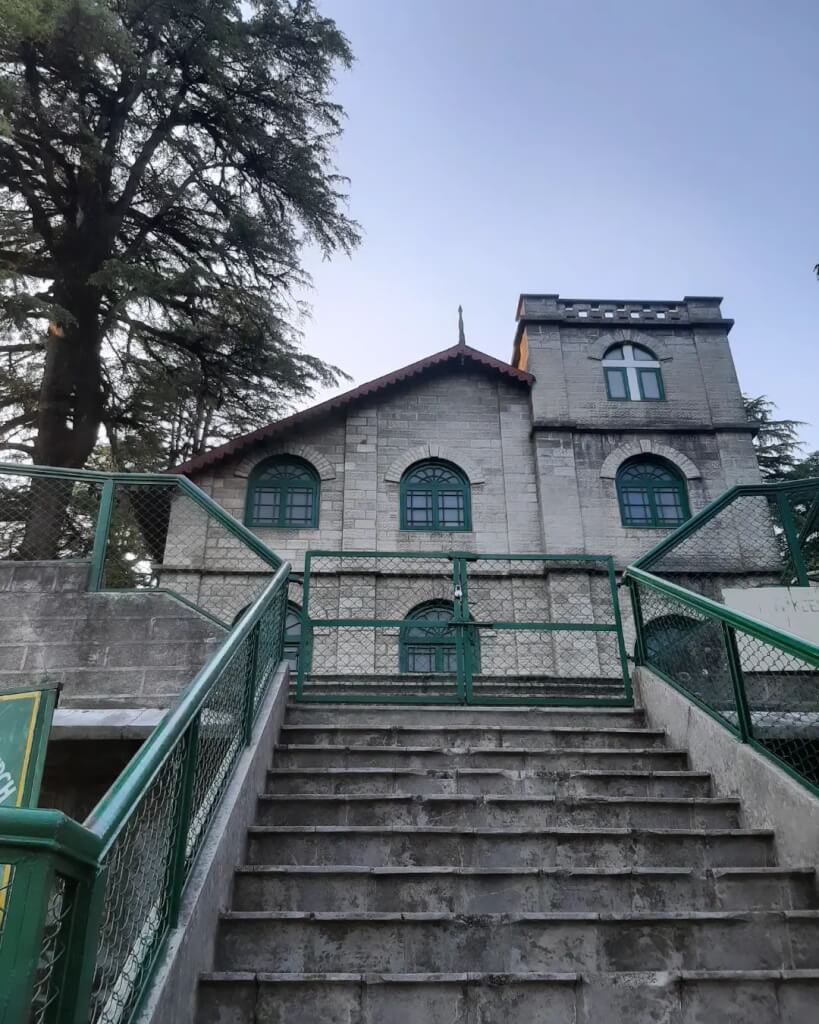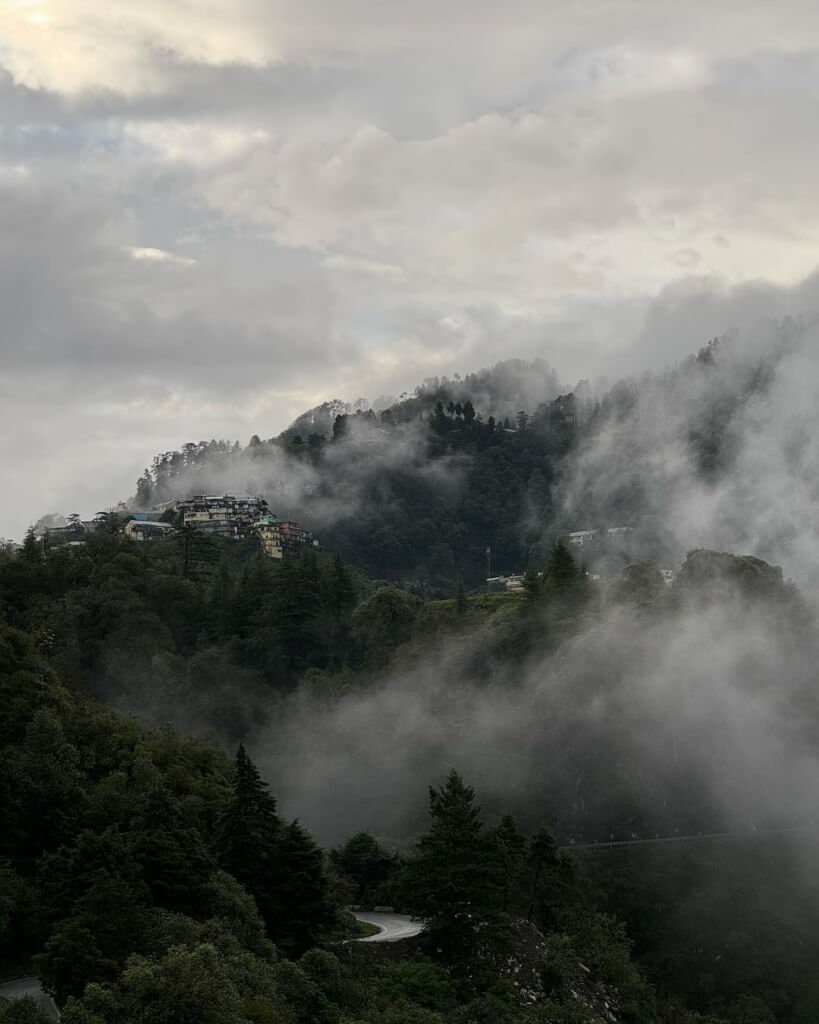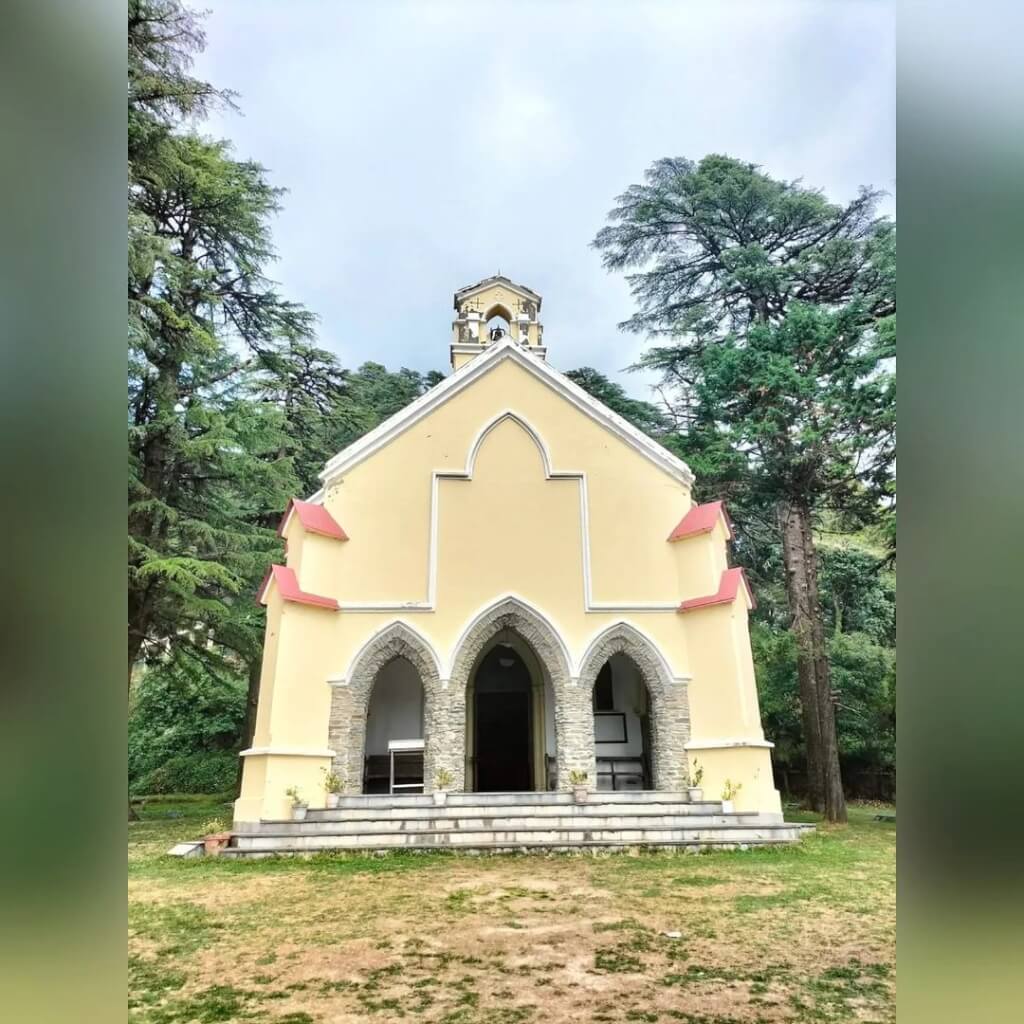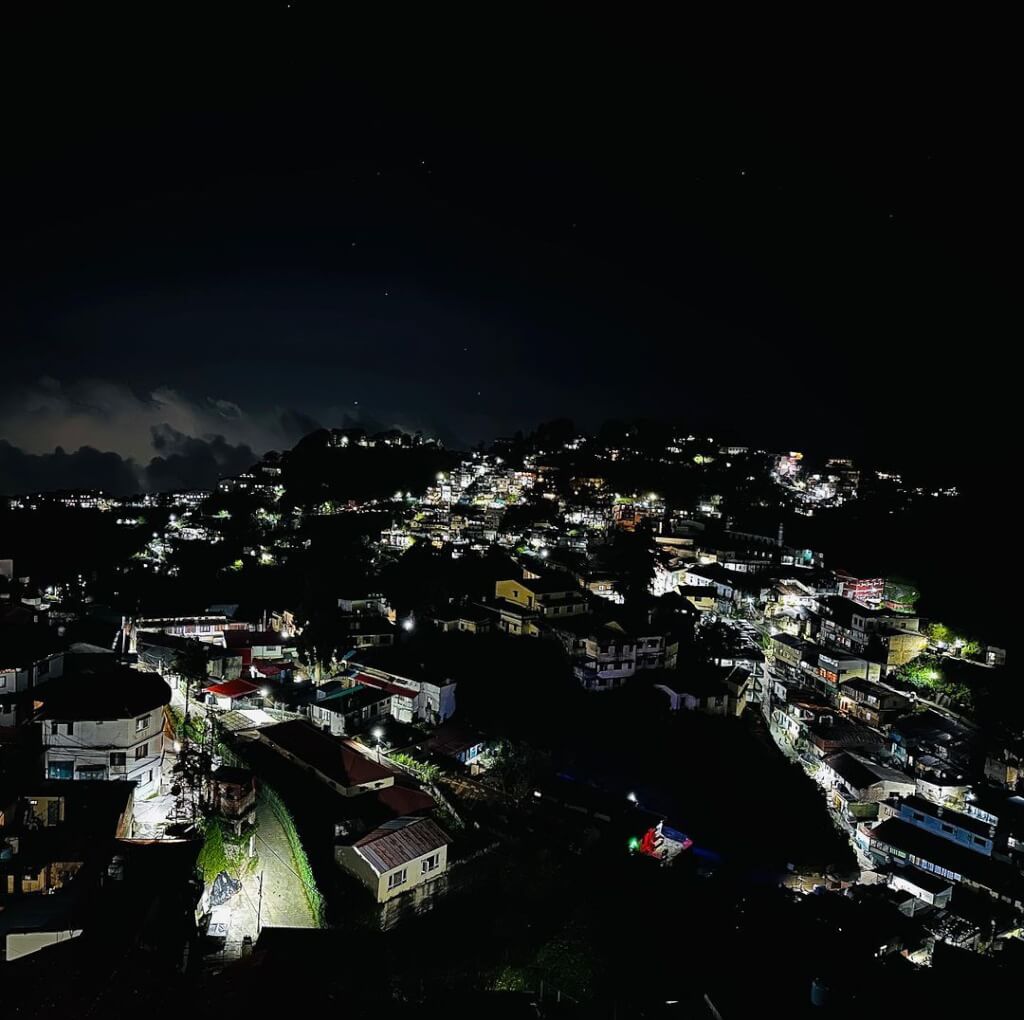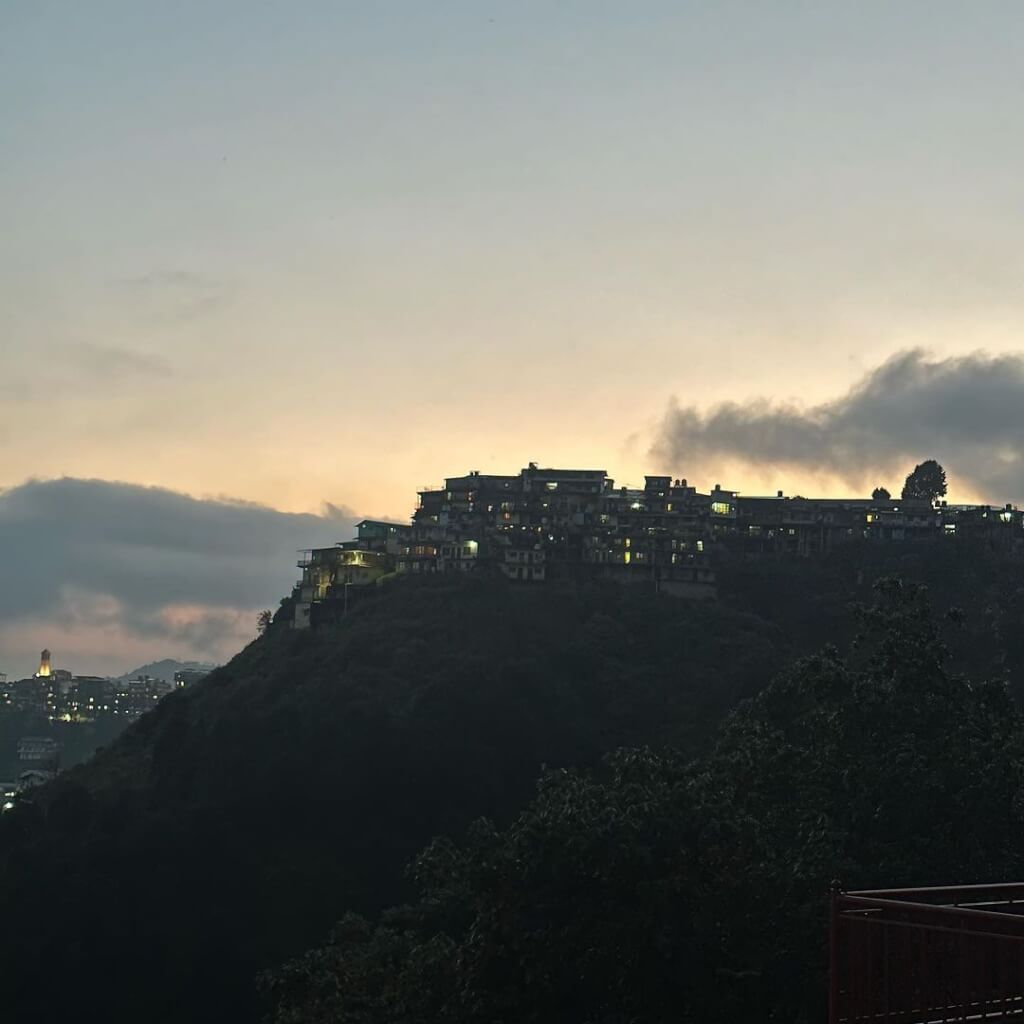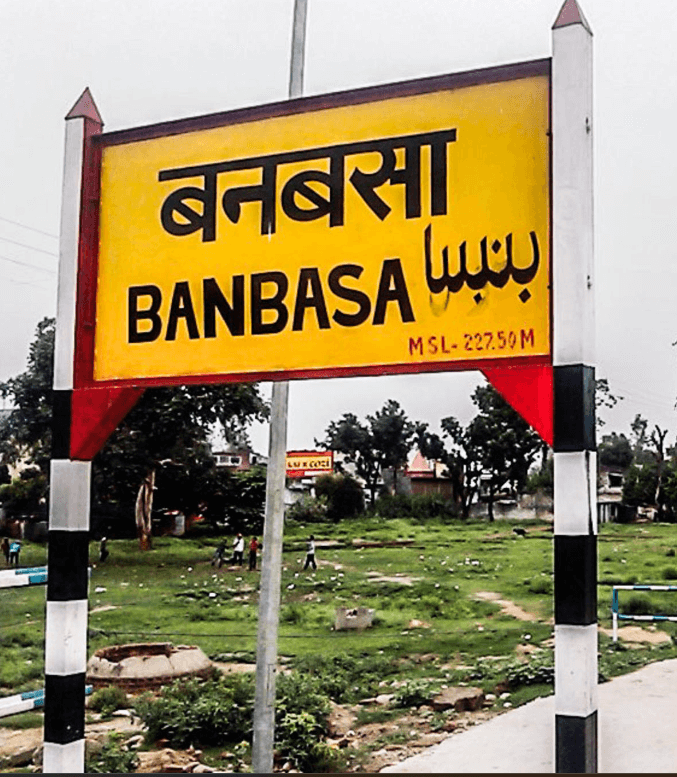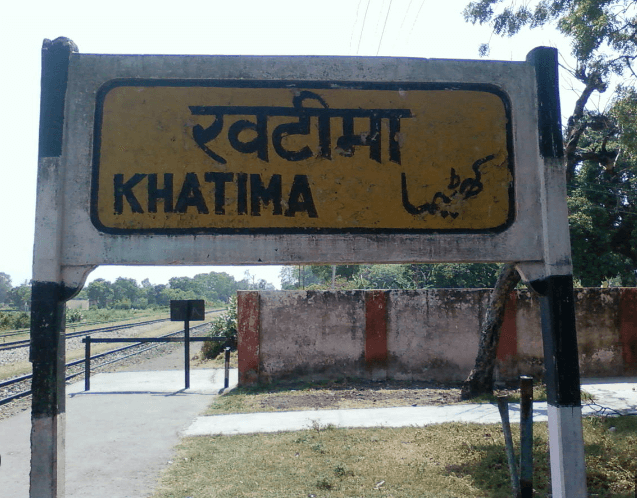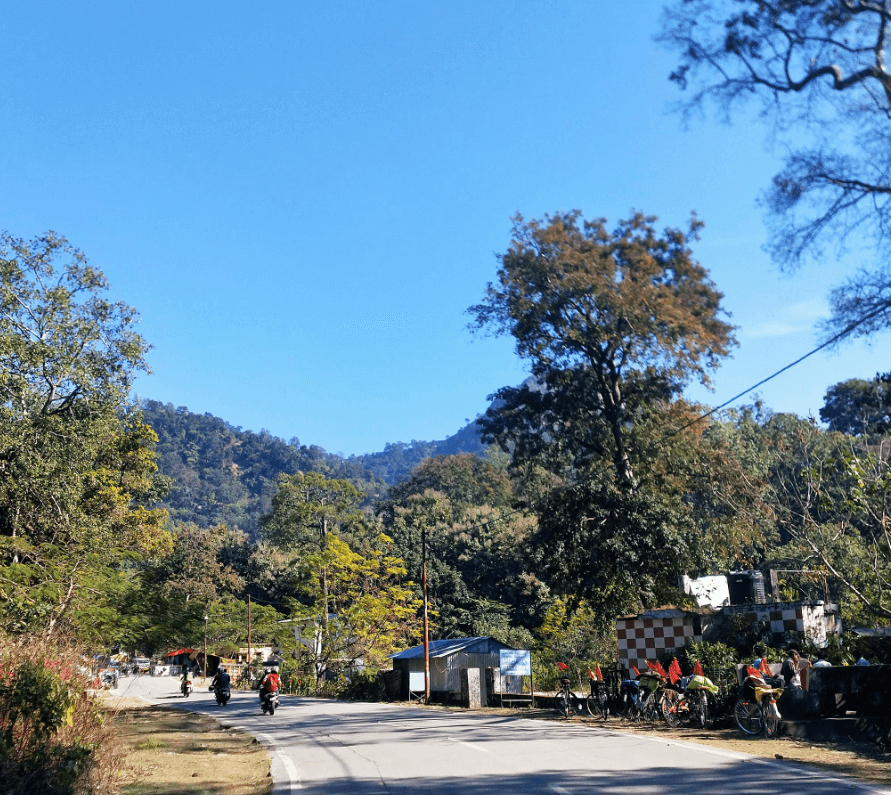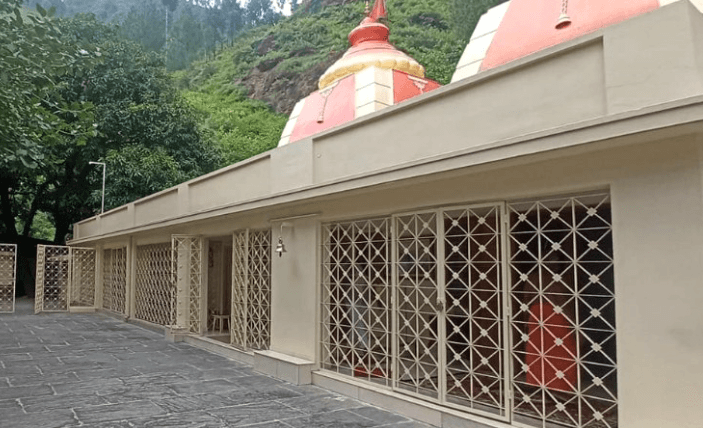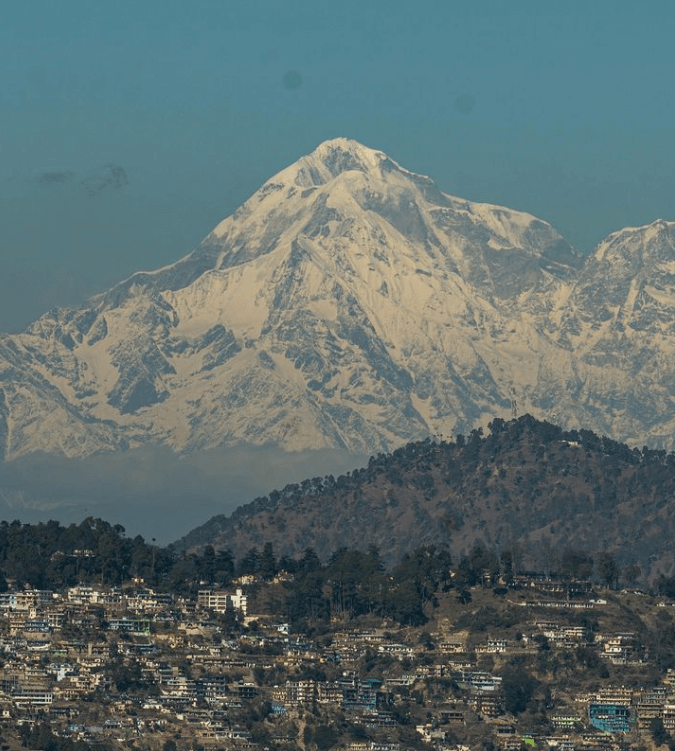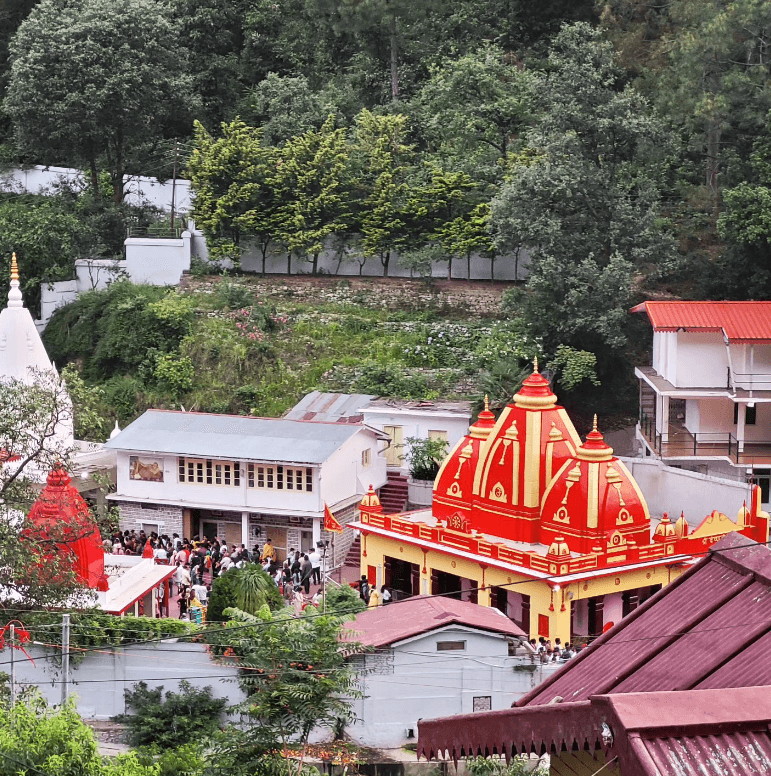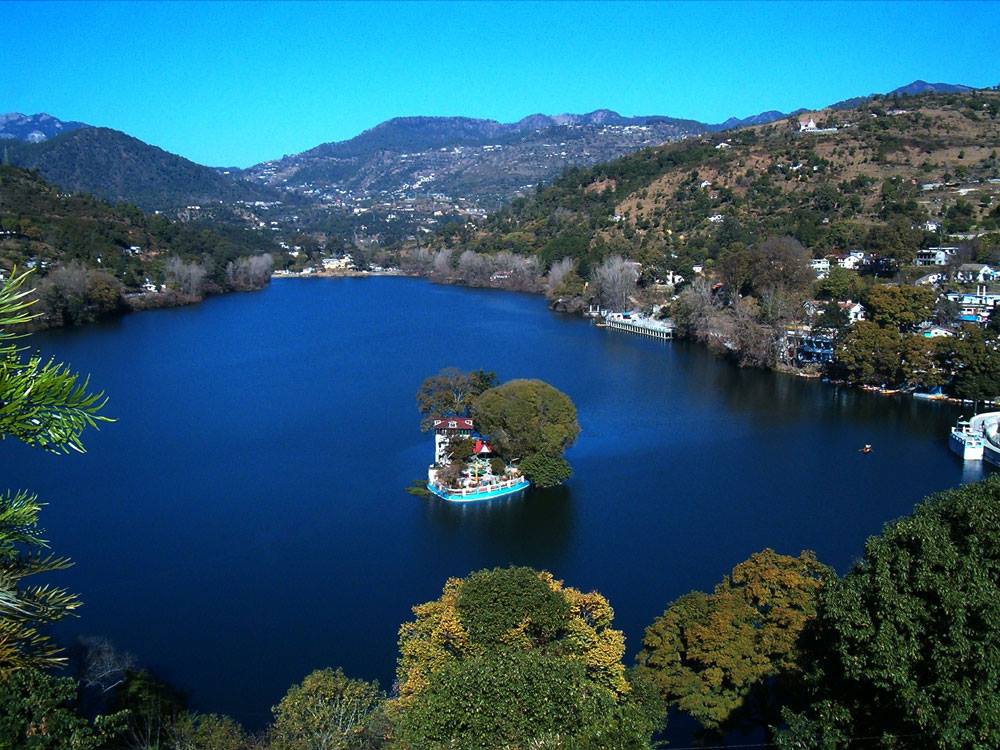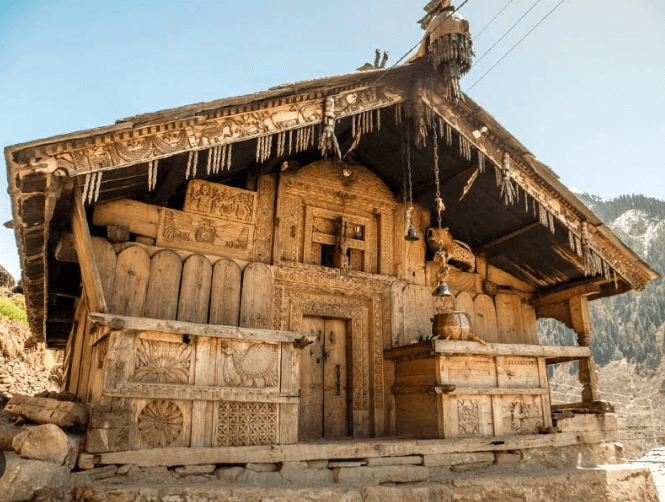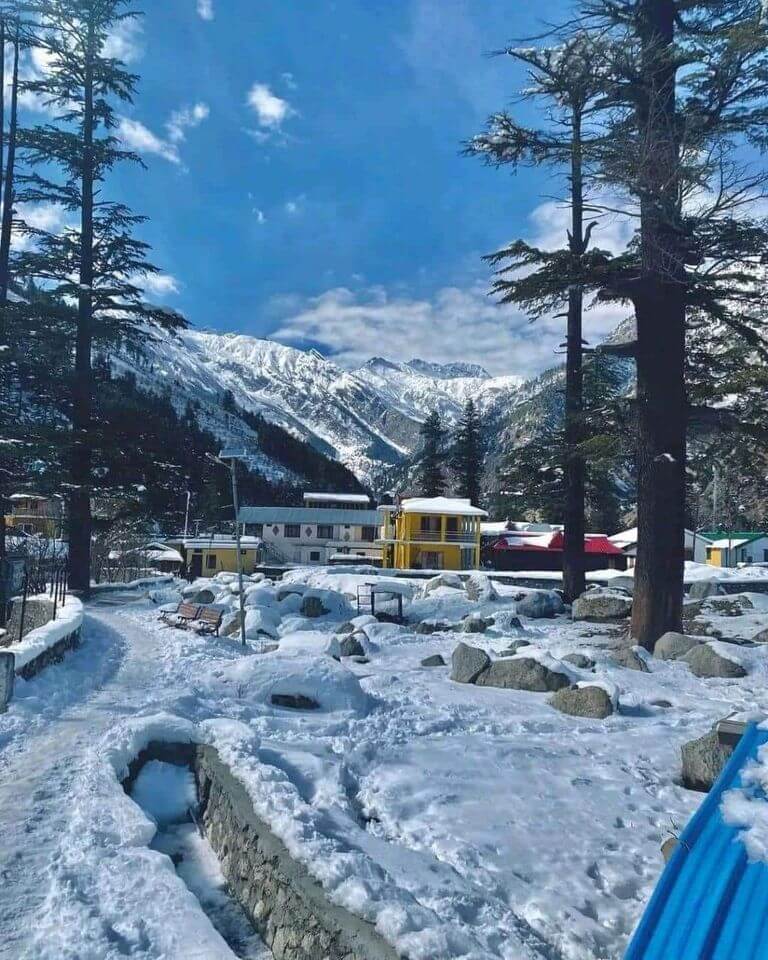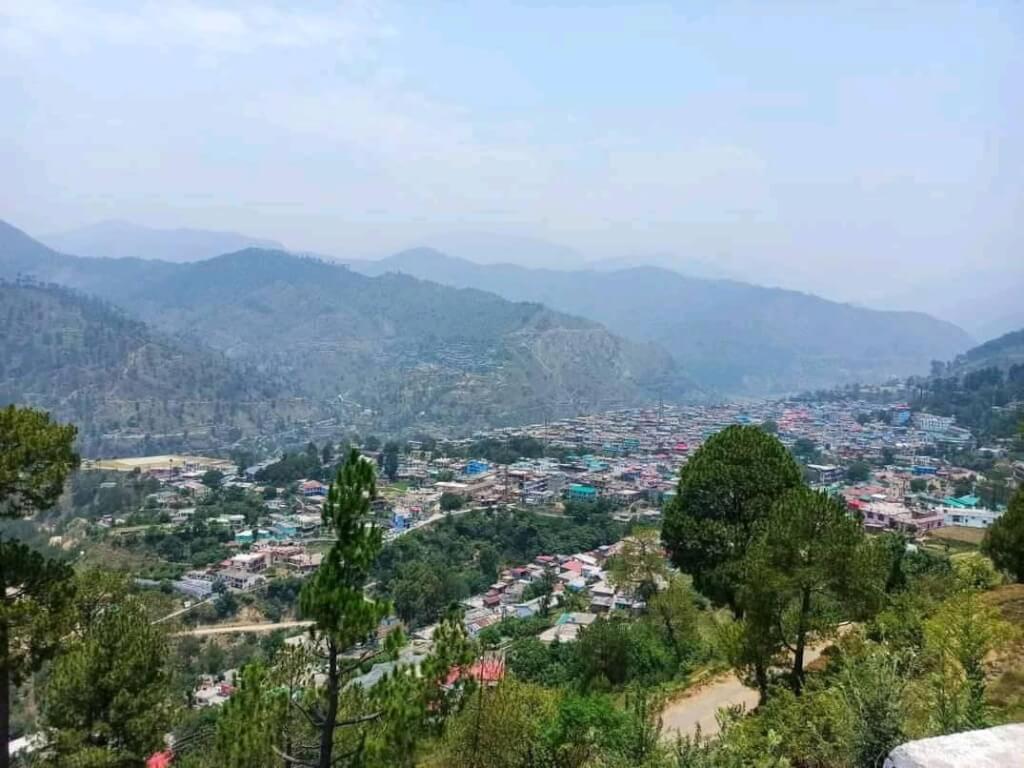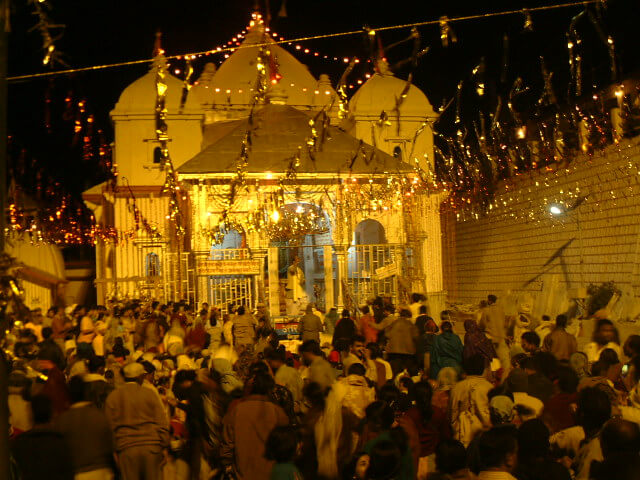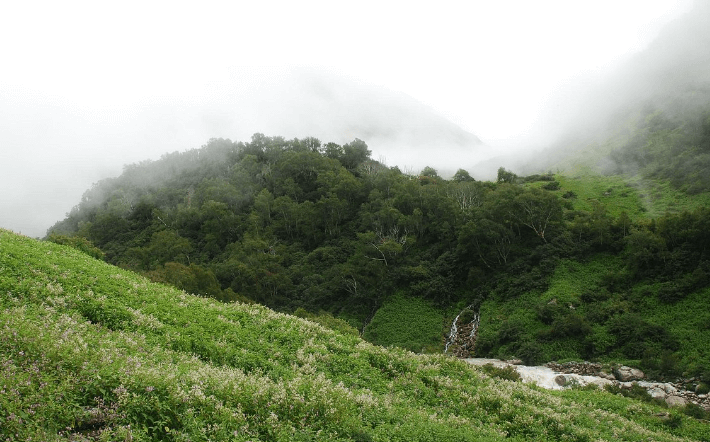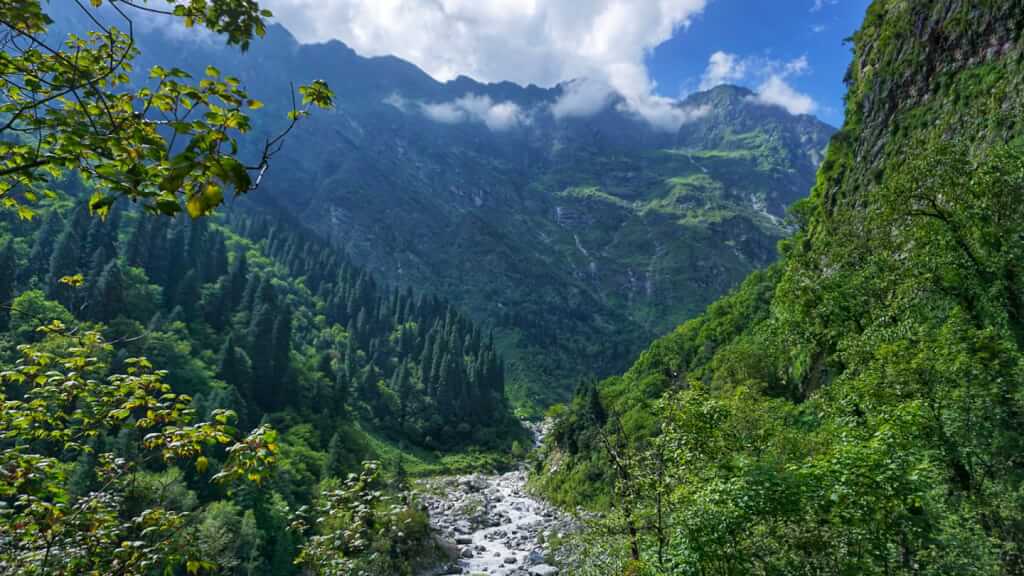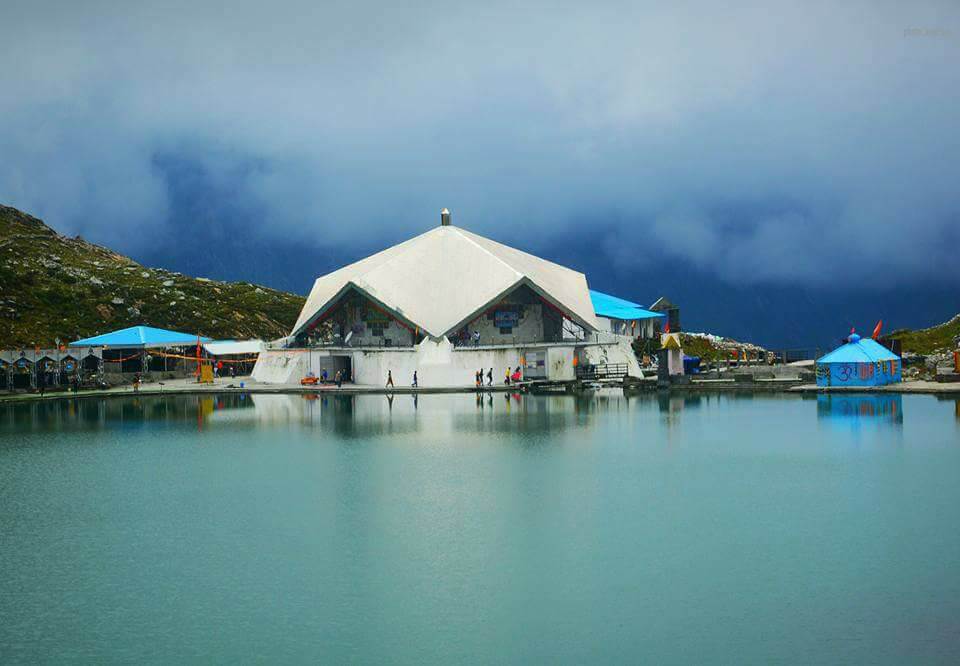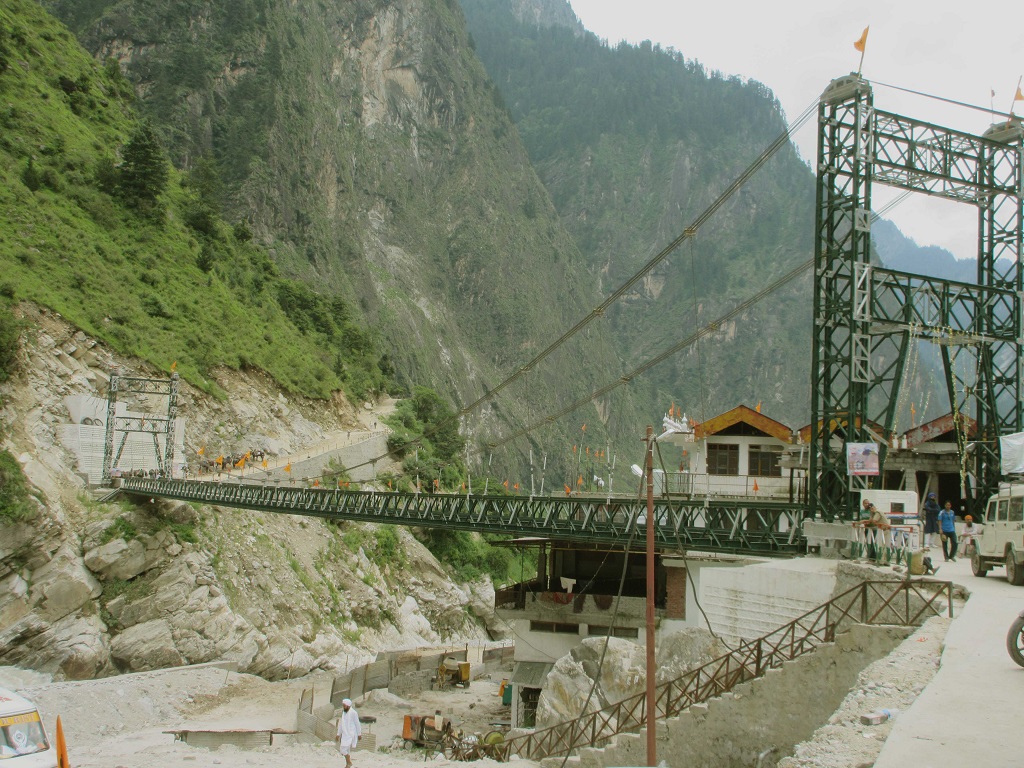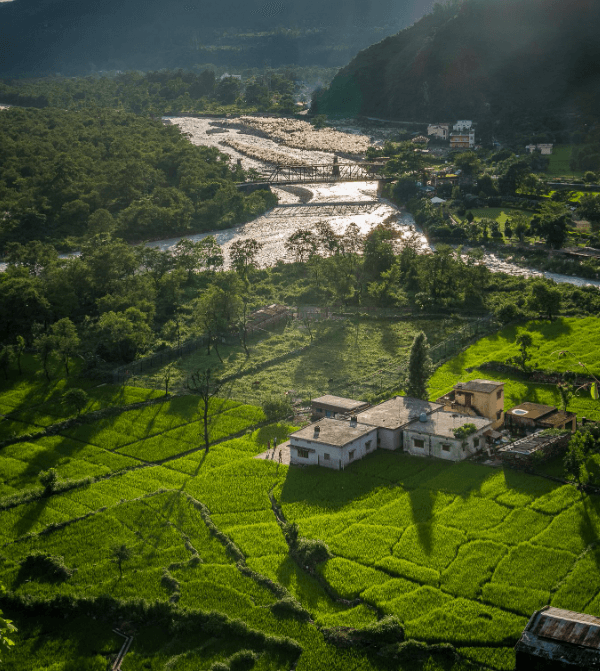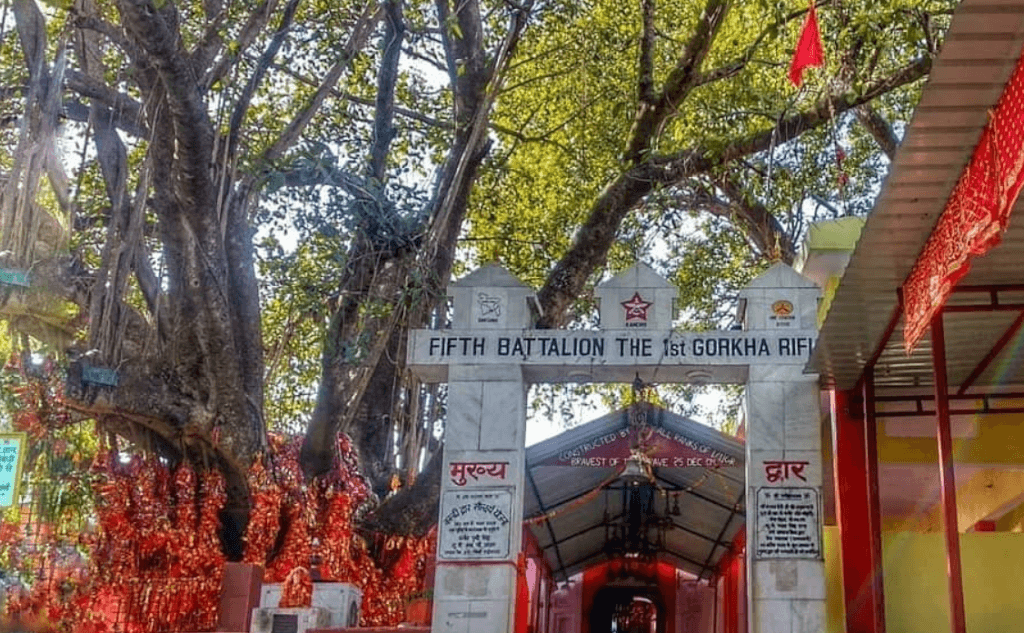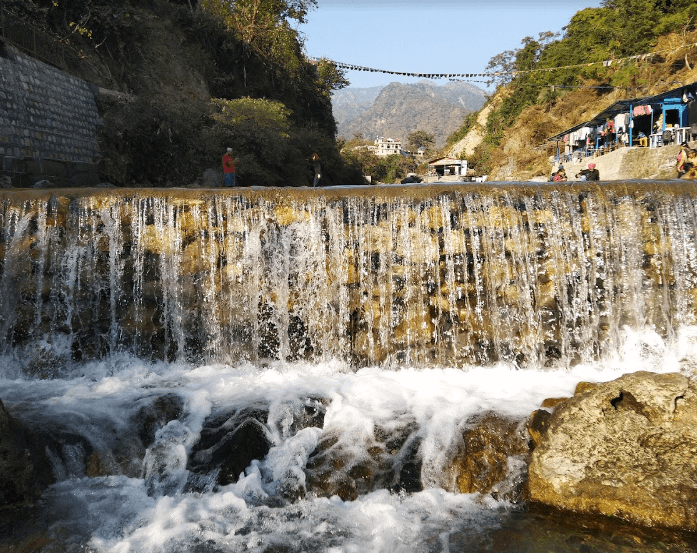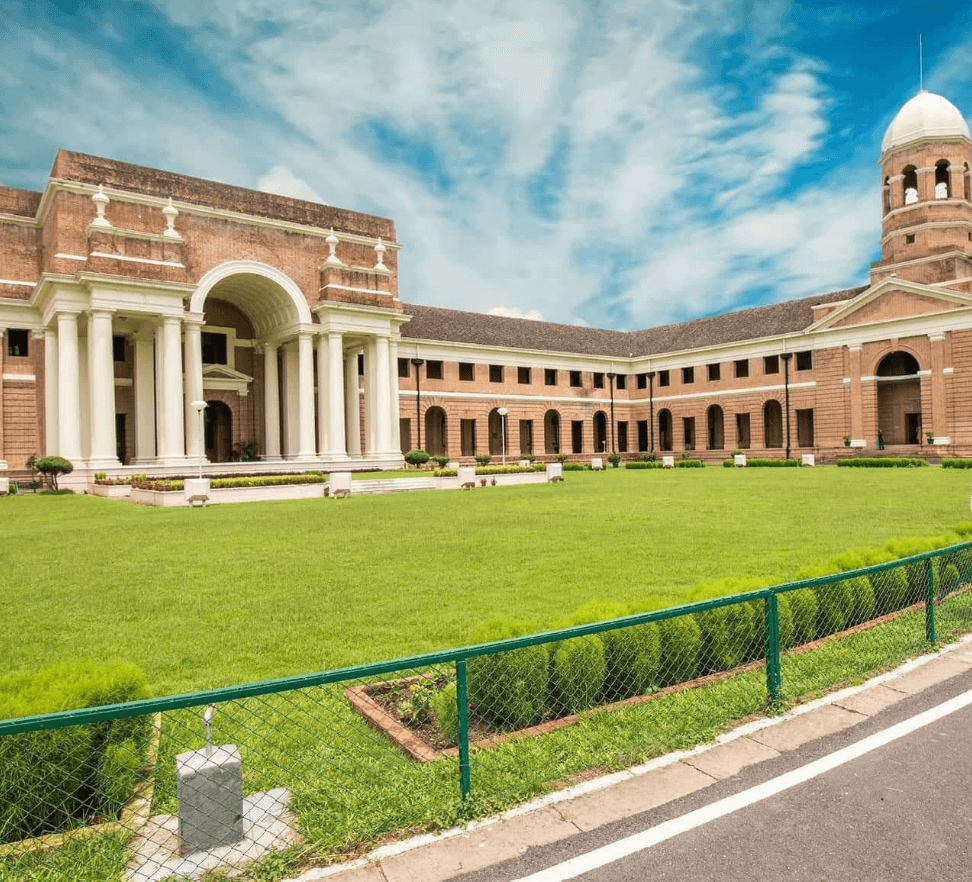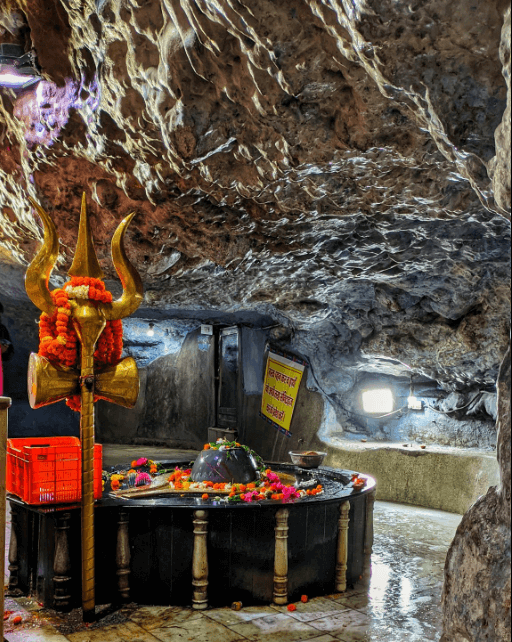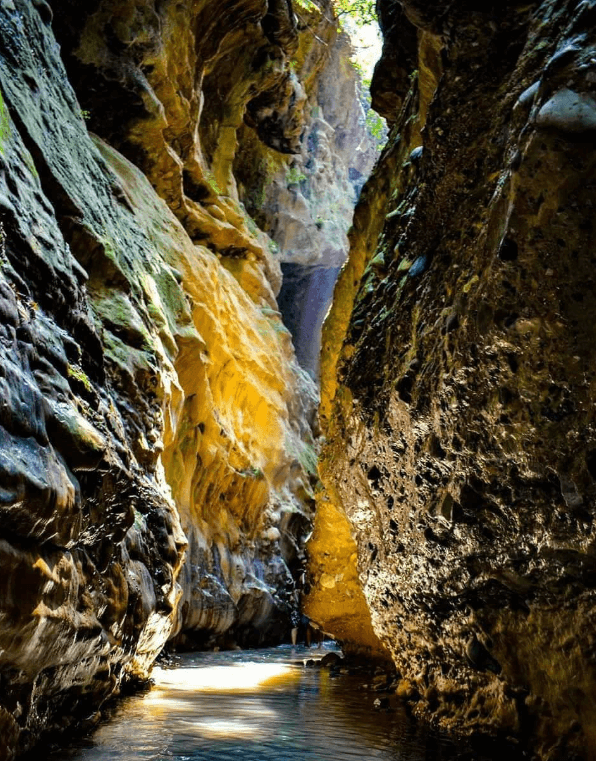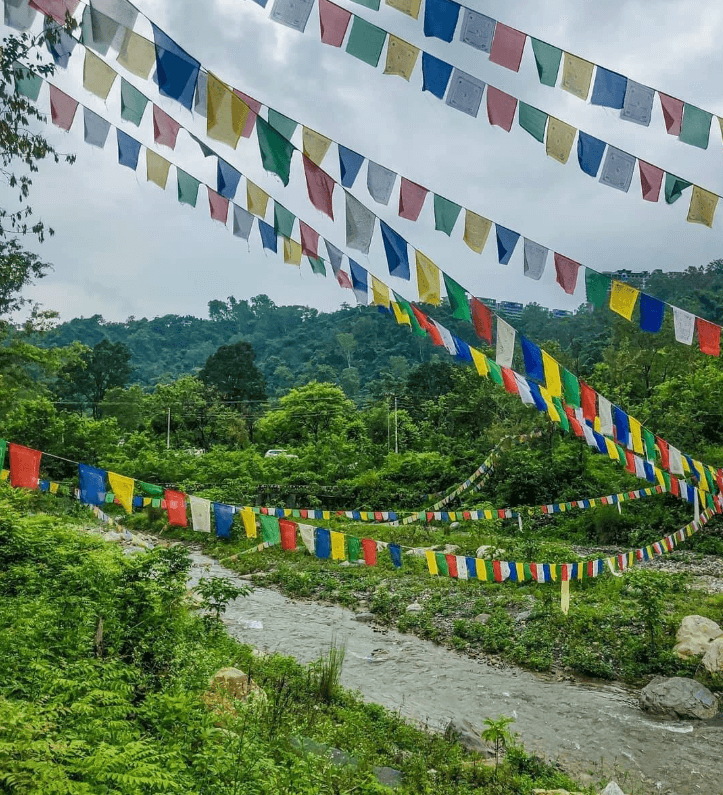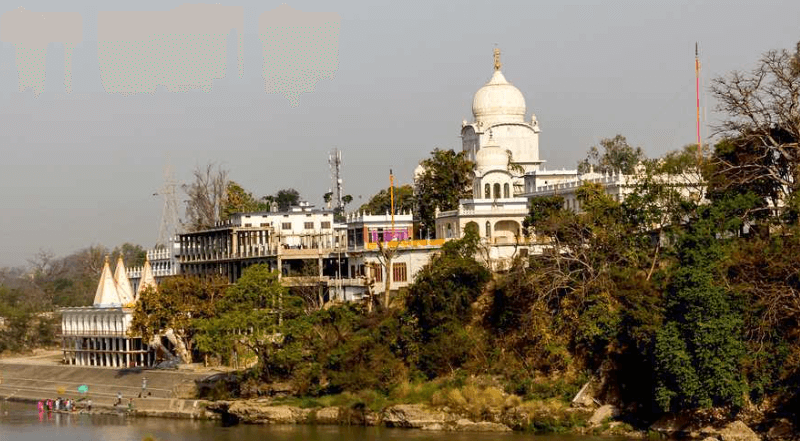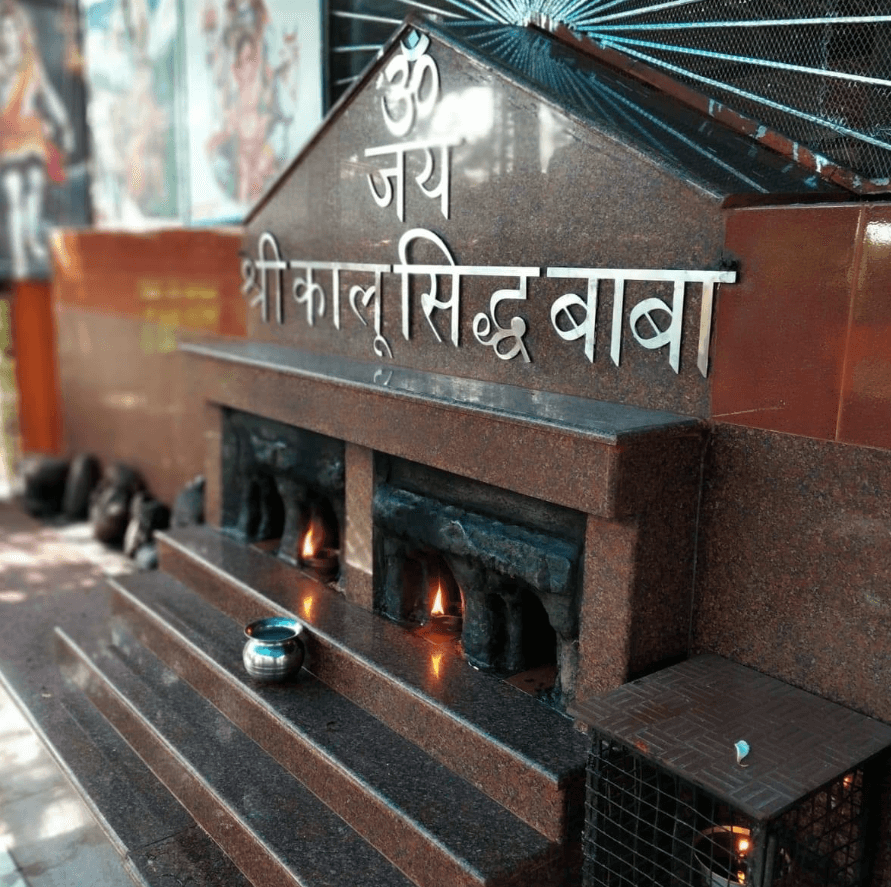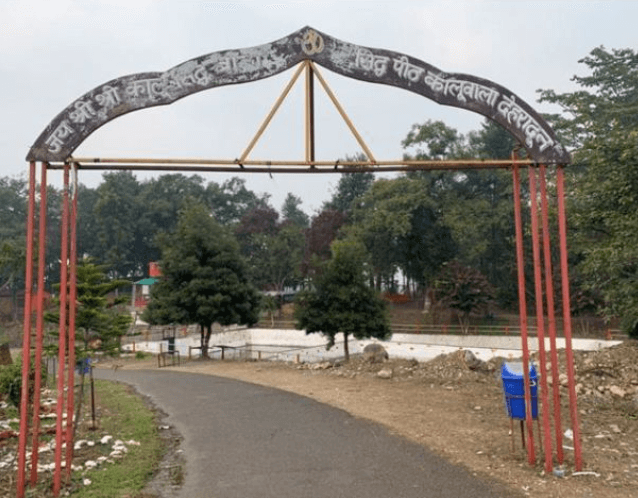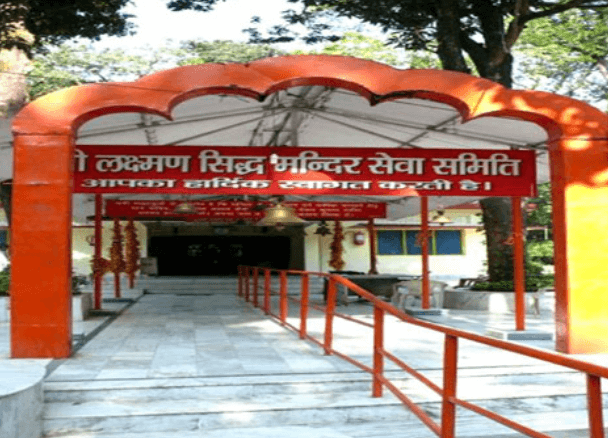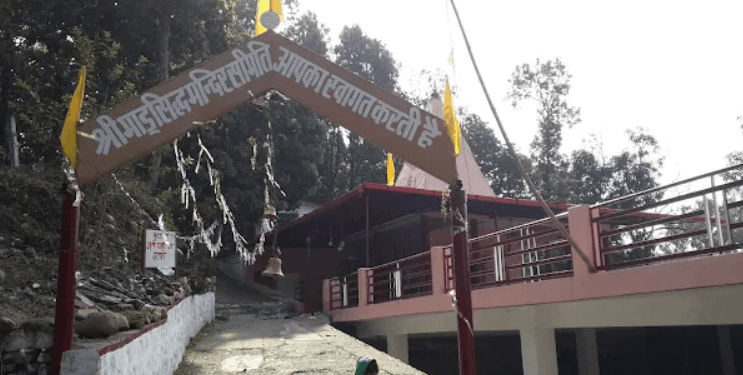Agoda Village, nestled at an elevation of 2250 meters amidst the grandeur of the Himalayas, serves as a captivating destination along the path to the pristine Dodital Lake. Situated on the Dodital Trek route, it presents itself as an enchanting hamlet, offering travelers an ideal pause to immerse themselves in its scenic beauty and interact with the local community.

Agoda Village In Chamoli
Agoda Village is a picturesque hamlet located in the Chamoli district of Uttarakhand, India. Situated amidst the stunning backdrop of the Himalayas, this village offers breathtaking views of snow-capped peaks, lush greenery, and serene surroundings. It’s a perfect destination for nature lovers, trekkers, and those seeking tranquility away from the hustle and bustle of city life.
The village is known for its traditional Garhwali culture and hospitality. Visitors can immerse themselves in the local way of life by interacting with the villagers, indulging in traditional cuisine, and experiencing the rich cultural heritage of the region.
Activities In Agoda
Agoda Village sounds like a serene escape nestled amidst the Himalayas! Here are some activities one might enjoy there:
Hiking and Trekking: With its location on the Dodital Trek route, Agoda Village offers excellent opportunities for hiking and trekking. Explore the surrounding trails and take in the breathtaking views of the Himalayan landscape.
Village Exploration: Immerse yourself in the local culture by exploring Agoda Village. Wander through its narrow lanes, interact with the friendly villagers, and learn about their way of life, traditions, and customs.
Photography: Capture the stunning beauty of Agoda Village and its surroundings through photography. From panoramic views of the Himalayas to quaint village scenes, there’s plenty to inspire photographers of all levels.
Birdwatching: The Himalayan region is rich in birdlife, and Agoda Village is no exception. Bring your binoculars and spot a variety of bird species amidst the lush greenery surrounding the village.
Camping: Set up camp in the tranquil surroundings of Agoda Village for a night under the stars. Experience the peacefulness of the mountains and the crisp mountain air as you camp amidst nature.
Local Cuisine: Indulge in the delicious local cuisine of Agoda Village. Sample traditional dishes prepared with locally sourced ingredients and savor the authentic flavors of the region.
Yoga and Meditation: Find inner peace amidst the serene surroundings of Agoda Village. Practice yoga and meditation surrounded by the tranquility of the Himalayas for a truly rejuvenating experience.
Stargazing: Away from the city lights, Agoda Village offers excellent opportunities for stargazing. Marvel at the night sky as you spot constellations and shooting stars from this high-altitude location.
Near Place to Visit
How To Reach Sankri
Sankri is a picturesque village located in the Uttarkashi district of the Indian state of Uttarakhand. It serves as a…
Dodital Lake
Dodital Lake is a serene freshwater lake situated in the Indian state of Uttarakhand, nestled amidst the Garhwal Himalayas at…
How To Reach Agoda Village
By Road
From Rishikesh, you can hire a taxi or take a bus to Uttarkashi. Agoda Village lies en route the trek to Dodital from Uttarkashi. You can further hire a local taxi or trek from Uttarkashi to Agoda Village.
By Train
By Train: The nearest railway station is Rishikesh Railway Station. You can take a train to Rishikesh from various parts of India and then continue your journey to Agoda Village by road.
By Air
If you’re traveling from a distant location, the nearest airport is Jolly Grant Airport in Dehradun, Uttarakhand. From there, you can take a flight to reach the closest airport and then proceed to Agoda Village by road.

